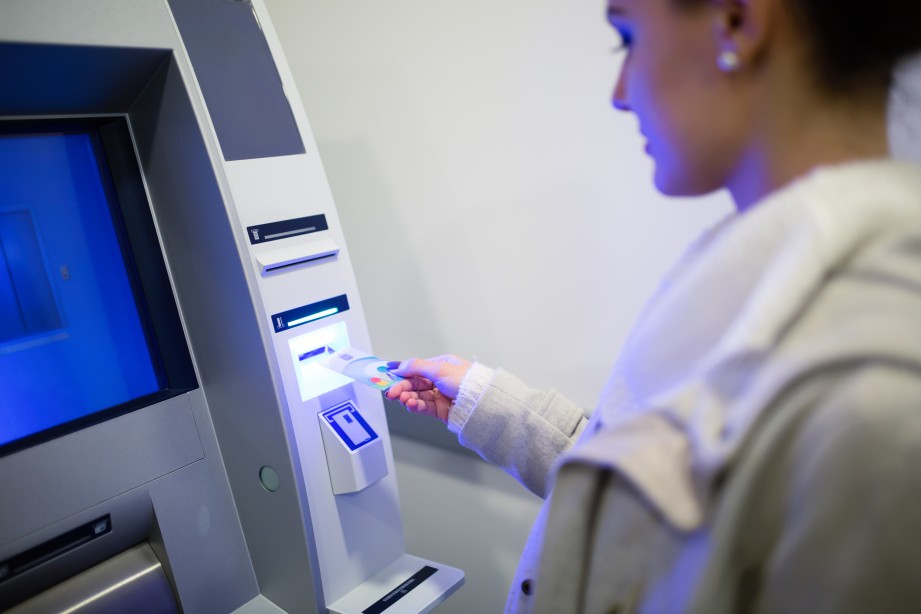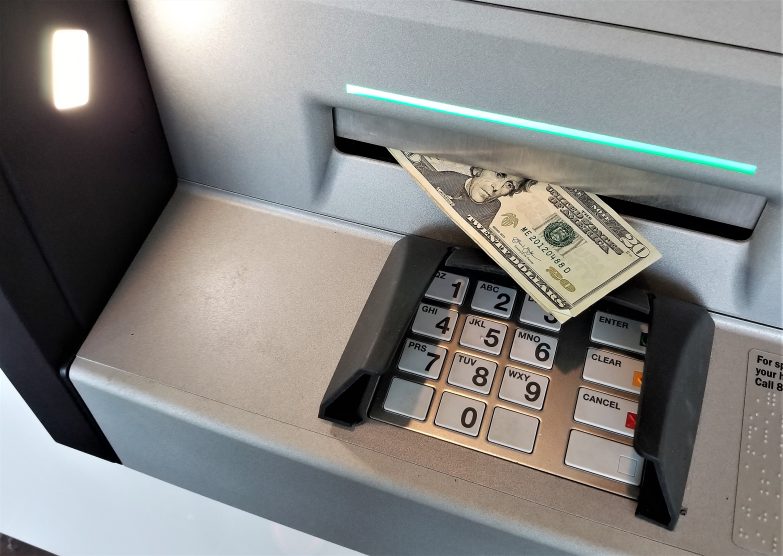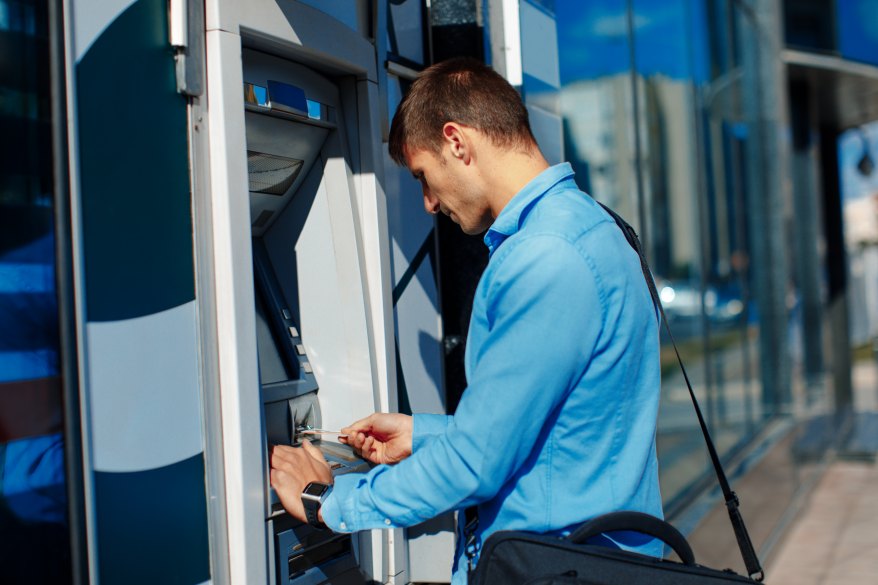Are you looking for a potential business opportunity that can generate good returns with minimal effort? Starting your own ATM business may be the perfect solution. An automated teller machine (ATM) is an electronic device used by customers of banks and other financial institutions to make deposits, withdraw cash, and perform other banking services without having to speak directly to a banker or teller.
With increasing urbanization and demand for quick access to money, ATMs are becoming more popular than ever – offering entrepreneurs the chance to invest in an exciting new industry. In this blog post, we’ll look at how you can start running an ATM business tailored toward success.
1. Get Educated About the ATM Business
Before starting an ATM business, it’s important to have a comprehensive understanding of the industry. There are several different types of ATMs available, each with its unique set of features, benefits, and potential risks. Understand the differences between traditional stand-alone ATMs and more modern integrated solutions that allow customers to access their bank accounts remotely via a mobile device. It is also important to understand the legal regulations governing the operation of ATMs in your area. These regulations may limit the number of ATMs allowed per location or require special permits for operating certain machines.
Research local trends and competition when selecting where to place your ATM. Consider customer demographics in the area, such as average income range and population density, to determine the best location. Analyze your competition and try to find ways to differentiate your ATMs from theirs. It may be beneficial to investigate potential partnerships with local banks or other small businesses as a way of increasing customer exposure.
Research the cost of acquiring an ATM and any additional fees associated with running a business, such initial equipment costs such as rent or utility costs. Evaluate the profit you can expect from each transaction and calculate an estimated return on investment for each machine before investing money into it. Ensure you understand all applicable taxes, fees, and commissions that come along with operating costs and owning an ATM business so that you can accurately budget for them in advance.
2. Obtain Licenses and Permits
Once you have a comprehensive understanding of the ATM business, obtaining any necessary licenses and permits is important before beginning operations. Depending on the state of your business, there may be restrictions on how many ATMs you can own or operate in each location. Check with your local government to determine the requirements for legally operating an ATM business within their jurisdiction.
Also, investigate any insurance policies that may need to be purchased to protect yourself from potential liability. Investigate any laws related to consumer protection, such as providing additional services like cash advances or check cashing, if you plan on offering these types of services at your convenience stores or ATMs.
Usually, to legally run an ATM business in any given state, you need to be a business entity registered with the government as a money services business (MSB). The designation will require that you create and submit certain documents, including a detailed business plan. Additionally, you may need to obtain other permits depending on your location. Be sure to research all legal requirements thoroughly before beginning operations.
3. Develop your ATM Business Plan
An essential step of starting an ATM business is to create a detailed business plan. The business plan should specify your company’s mission, goals, strategies, marketing approach, and operational procedures. It should also cover financial forecasting so you can anticipate business expenses and profits from day one.
When developing your business plan, consider.
• Your target market – Who are the people who will be most likely to use your ATMs? Are there certain demographics that you need to focus on for maximum ROI?
• Competition – What other companies are in the area offering similar services? Analyze their strengths and weaknesses to gain a competitive advantage.
• Business model – Which strategy makes the most sense for the type of business you are running? Should you focus on high-volume locations or fewer but more profitable ones?
• Financials – What kind of startup costs and resources do you need to get started, and with how much profit, will you fund them? Assess your financial situation to develop a budget that works for your business.
A well-developed business plan is essential for any successful ATM or business owner. Creating a comprehensive plan can help you anticipate potential problems, set achievable goals, and maximize profits in the long run. Once your plan is complete, it’s time to start exploring financing options and taking steps toward launching your new venture.
Are you ready to make money with your own ATM business?
Contact Growth Hackers
4. Find the Right ATM Locations
Understanding the regulations and requirements for starting an ATM business, the next step is to find the right locations. The goal here is to place your ATMs in areas with high foot traffic to maximize potential customers. Shopping malls, airports, universities, supermarkets, gas stations, and other public places can be ideal.
When selecting a location, it’s important to consider how much space you will need and if there are any security concerns. You’ll also want to ensure you receive a proper power supply and telephone lines so your machines will operate properly. Additionally, if your ATM services banks or credit unions that may require special designations such as ADA compliance, you’ll want to ensure those requirements are met.
Once you’ve identified potential locations, it’s time to sign a contract with the owner or manager. Your business plan can help as many landlords will require financial information and know how serious you are about your ATM venture. You should also consider signing a service agreement with an ATM management company that will provide maintenance, for cash withdrawals and replenishment, transaction monitoring, and more services.
It’s also important to note that in most businesses and some cities, there may be regulations about how many ATMs of the same type can be placed in one area, so research local laws before making any decisions. Additionally, if you set up multiple ATMs in different locations, you may need to seek additional service providers and network providers.
By doing the proper research, signing appropriate contracts, and finding the right locations for your ATM business ventures, you’ll be well on your way to a successful venture. Take time, plan, and consider every detail before creating a profitable enterprise.
5. Choose your ATM Machines
Once you’ve identified the right locations for your ATM business and signed relevant contracts, choosing the right machines is time. The type of machine you choose will depend on how many transactions you expect to process each month and what kind of services you want your customers to access first with your ATM machine.
When researching different ATMs operators, consider cash dispensing capabilities, card reader compatibility, bill acceptance technology, security features, and more. Additionally, if you are an ATM operator and offer customers surcharges or additional fees for using your services, ensure that those fees are listed clearly in the machine’s user agreement.
Depending on your budget and preferences – from traditional models to touchscreen options – there is a variety of ATMs. Many ATM manufacturers offer free trials or demo machines that allow you to get a feel for the product before investing. Additionally, read customer reviews and compare different models to find the best option for your business.
Once you’ve purchased the right ATM equipment, it’s time to install them in their designated locations. Make sure trained professionals are handling this part of the process, as incorrect installation can result in expensive repairs or malfunctions down the line.
The right combination of location and machine will ensure that your ATM business starts off on the right foot, hopefully leading to long-term success and profitability. With the right research, planning, and investment, you can start a successful ATM business that provides customers convenience and financial freedom.
6. Register your ATM Business with the IRS
Registering your ATM business with the Internal Revenue Service (IRS) is important. The first step in registering is obtaining a Taxpayer Identification Number or TIN. This number is required for all businesses operating in the United States and will be used to report business taxes.
You may also need to obtain an Employer Identification Number (EIN) depending on the type of business you plan to operate. Additionally, depending on your location, you will likely need to obtain a state business license or permit from your local government.
Once you have obtained all pertinent numbers and paperwork, it is time to register your business with the IRS. To do this, visit the IRS’s website and fill out Form SS-4. This form is used to apply for an Employer Identification Number (EIN).
You will need to provide your business’s name, address, and other information about the type of services you plan to offer and the nature of your business. Once you have provided all the information on Form SS-4, you will receive a confirmation letter with your EIN.
You must also pay applicable federal taxes if applicable on business income; you may be required to file quarterly or annual reports with the IRS depending on how much money your business earns each year. Additionally, you must familiarize yourself with state tax laws to comply with them.
Lastly, remember that operating an ATM business requires careful compliance with all laws, regulations, and taxes. Make sure to consult with legal and tax professionals as you set up your business to ensure that you fully comply with all relevant rules, regulations, and tax requirements. Doing so will help you stay on the right side of the law and enable your business to thrive in today’s competitive marketplace.
7. Set Up Your Business Accounts
Once you have obtained all necessary licenses, permits, and insurance, setting up your business accounts is next. This includes obtaining a business banking account to deposit customer payments using your ATMs. You should also open a line of your business credit card to easily access funds as needed for operating expenses or other costs associated with running your ATM business. The phone line will also process transactions and accept customer payments.
When setting up these accounts, shopping around for the best rates and terms for business bank accounts is important. Make sure to compare fees, interest rates, and any additional services each institution offers before selecting one. Once you have found an institution that meets your needs, read through all paperwork thoroughly before signing on the dotted line.
Additionally, if you plan to accept credit cards, you must set up a merchant account. This type of account enables customers to pay for their transactions using credit or debit cards. When setting up this account, ensure you understand all the fees associated with processing credit card costs and payments and compare different providers to find the one that best suits your needs.
Finally, remember to set aside money in your business bank account each month for taxes so that you can easily pay them when they are due. Setting up business accounts properly is an essential step towards running a successful ATM business as it ensures that you can access funds when needed and helps keep your finances organized.
Launch your own ATM business now and pave your way to prosperity!
8. Get an Insurer
It is important to get an insurer for your ATM business. Before you purchase a policy atm company, compare the various offerings from different providers to find one that best meets your needs and budget.
Your insurance should cover losses related to theft and vandalism and any damages resulting from natural disasters or other catastrophic events. It is also important to ensure that the coverage provided by your policy includes personal liability protection in case someone sues your business. Additionally, consider obtaining business insurance or umbrella coverage if you anticipate having many customers using your ATMs.
When comparing policies, it is important to look beyond the cost of premiums and determine what additional benefits each provider offers. Some insurers may assist with filing claims, while others may provide discounts or other incentives for signing up. Be sure to read the fine print of any policy you are considering to know exactly what is and isn’t covered.
Once you have selected a policy, keep all your insurance documents safe. Remember that it is important to review and update your policy regularly as laws and regulations change over time. Furthermore, be sure to inform any employees handling the money of the coverage provided by your insurer in case they need to file a claim.
Doing this will ensure that your small business owners will be protected in an emergency or unforeseen circumstances.
9. Promote Your ATM Service
Once your business runs, the next step is promoting your ATM service. Start by reaching out to potential customers in your area through direct mailings, door-to-door canvassing, or other advertising methods. Additionally, consider using your social media accounts on platforms such as Twitter and Facebook to spread awareness of your business.
Another way to drum up interest in your ATMs is by offering special discounts or promotions for customers who use them. This could include bonus points or cashback rewards every time a customer uses one of your machines. You can also partner with local businesses to offer discounts when customers using ATM machines pay with their cards at their establishments.
Finally, don’t forget about word-of-mouth marketing. Ask your customers to refer their friends and family to your service or offer referral rewards. This will help promote loyalty among customers and create a strong customer base that can continue to grow as your business expands. With the right promotion strategy, you can ensure a steady stream of customers eager to use your ATMs.
10. Get Ready to Expand your ATM Business
Once your business name has gained traction in your local area, you may want to consider expanding its reach. There are several strategies you can use to make this happen.
One option is to install more ATMs in different locations. This can include setting up machines in high-traffic areas such as airports, malls, retail stores, or major roads.
You might also consider offering mobile services that allow customers to access their funds on the go. This could involve developing a mobile app or creating a web portal where customers can log into their accounts, check their balances, or transfer money between accounts.
Finally, keeping a close eye on the market and staying up-to-date with any changes is important. Look for new trends or technologies you can apply to your business to improve its efficiency and help it succeed in the long run. By staying ahead of the curve, you can ensure that your ATM business remains competitive and continues to grow.
Closing Thoughts About Starting an ATM Business
As the ATM industry continues to grow, now is the perfect time to get involved and start your own ATM business. It can be a great way to earn additional passive income and help those in your community access their funds on the go. However, it’s important to research before diving into this venture. When signing contracts, read through all paperwork thoroughly and compare different providers. Additionally, devise a promotional strategy to attract customers and stay up-to-date with trends in the market so that you can properly expand your business over time. With the right planning and dedication, you can make your ATM business a success.
Thanks for reading! We hope this article has helped give you some insight into how to start an ATM business. Good luck!
Growth Hackers is one of the top FinTech marketing agencies helping businesses from all over the world grow. There is no fluff with Growth Hackers. We help entrepreneurs and business owners start their journey towards a successful ATM business, increase their productivity, generate qualified leads, optimize their conversion rate, gather and analyze data analytics, acquire and retain users and increase sales. We go further than brand awareness and exposure. We make sure that the strategies we implement move the needle so your business grow, strive and succeed. If you too want your business to reach new heights, contact Growth Hackers today so we can discuss about your brand and create a custom growth plan for you. You’re just one click away to skyrocket your business.









